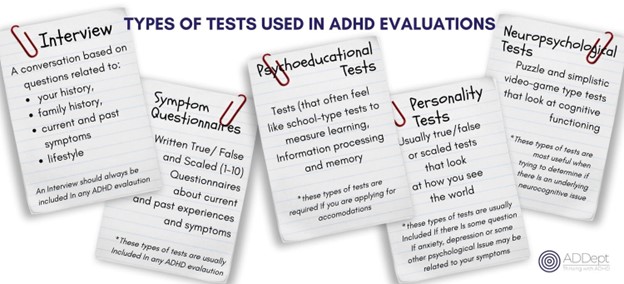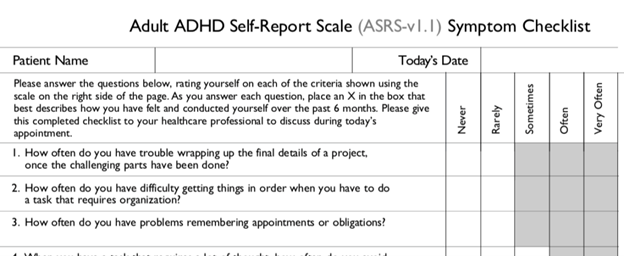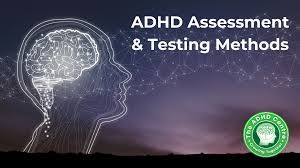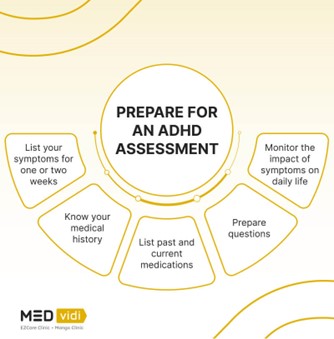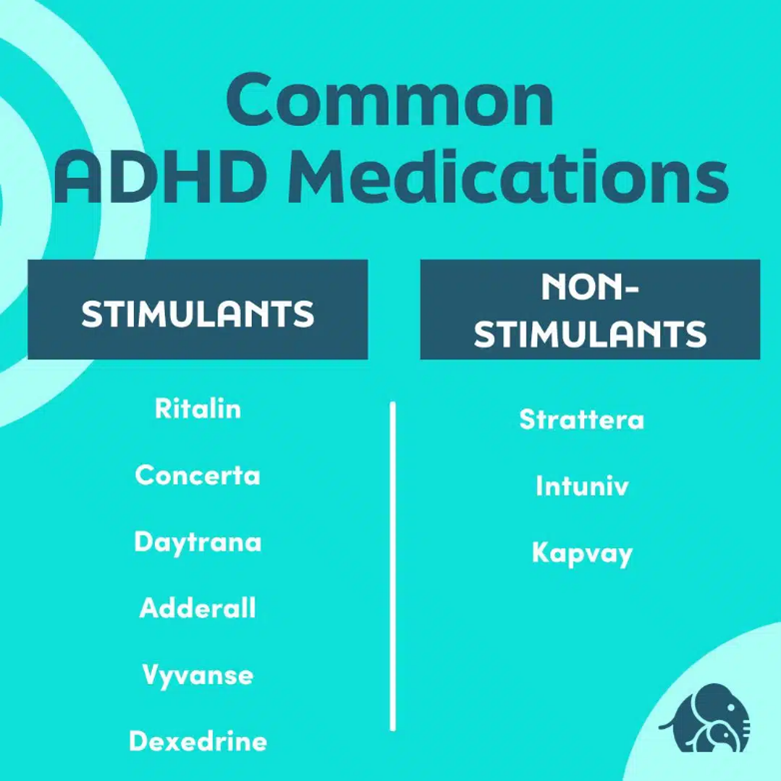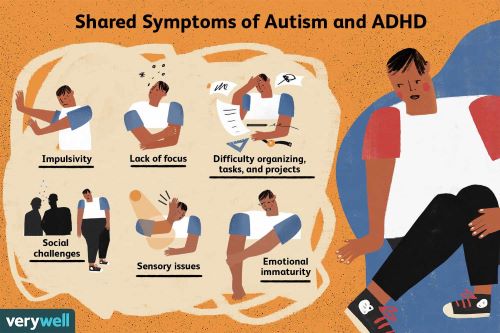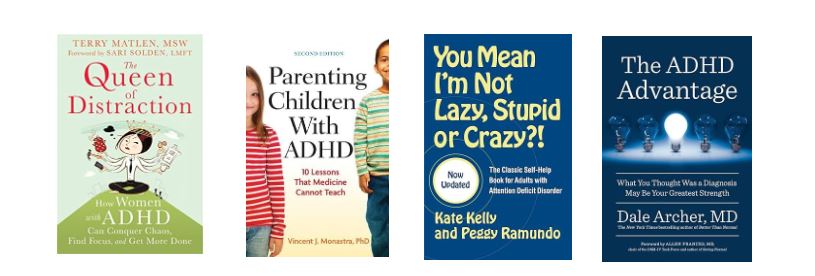Table of Contents
- Introduction to ADHD
- Understanding ADHD Symptoms
- Need for ADHD Testing
- Types of AD/HD Tests
- ADHD Testing Process
- What’s Involved in ADHD Testing?
- Preparing for an ADHD Test
- Interpreting Test Results
- Beyond Testing – Next Steps
- Challenges and Controversies in ADHD Testing
- Resources and Support for ADHD
INTRODUCTION TO ADHD
Attention-Deficit/Hyperactivity Disorder (ADHD) is a neurological and behavioral disorder that is most diagnosed in children and can also affect adults. Characterized by a persistent pattern of inattention, hyperactivity, and impulsivity, ADHD can significantly impact various aspects of a person’s life, including their education, work, and interpersonal relationships.
Source – https://www.youtube.com/watch?v=C-BnF9JP9kQ
Definition and Symptoms
ADHD is divided into three main types based on its predominant symptoms:
- Predominantly Inattentive Presentation – Individuals may have difficulty organizing tasks, following detailed instructions, and maintaining attention. They might seem forgetful or easily distracted by external stimuli.
- Predominantly Hyperactive-Impulsive Presentation – This type involves excessive physical movement and fidgeting, an inability to stay seated, and acting impulsively without considering the consequences. These individuals might interrupt others, have difficulty waiting their turn, and display an overall sense of restlessness.
- Combined Presentation – When symptoms of both inattention and hyperactivity-impulsivity are equally present, it is considered a combined presentation.
The symptoms of ADHD can vary significantly from one individual to another and may change with age. In children, ADHD symptoms often manifest as difficulty in school, trouble maintaining friendships, and disruptive behavior. Adults with ADHD may experience challenges in time management, organizational skills, goal-setting, and maintaining employment or relationships.
Prevalence
ADHD is one of the most common neurodevelopmental disorders of childhood. It is estimated that about 5-7% of children and 2.5% of adults worldwide have ADHD, though these numbers can vary based on diagnostic criteria and reporting methods. It’s important to note that ADHD is diagnosed more frequently in boys than in girls during childhood, though this gap appears to narrow in adulthood.
Importance of Accurate Diagnosis
Accurate diagnosis of ADHD is crucial, as it can significantly impact an individual’s treatment and management plan. Misdiagnosis or late diagnosis often leads to prolonged difficulties in academic, social, and emotional functioning. Moreover, untreated ADHD is associated with higher risks of substance abuse, accidents, and other health-related issues.
Testing for ADHD typically involves a comprehensive evaluation that includes psychological testing, behavioral assessments, and a review of the person’s medical history. The evaluation needs to be thorough to distinguish ADHD from other conditions that can have similar symptoms, such as anxiety, depression, or learning disabilities.
The role of testing is not only to confirm or rule out the presence of ADHD but also to understand its severity and impact on an individual’s life. This understanding is crucial in developing an effective treatment and management plan, which may include medication, therapy, behavioral strategies, and accommodations in educational or work settings.
UNDERSTANDING ADHD SYMPTOMS
ADHD symptoms can vary significantly across different ages and between genders, often changing in their expression as a child grows into adulthood. Understanding these variations is key to recognizing and appropriately addressing ADHD at any stage of life.
ADHD Symptoms in Children
In children, ADHD symptoms typically become noticeable between the ages of 3 and 6. Common symptoms include:
- Inattention – Difficulty sustaining attention in tasks or play activities, trouble following through on instructions, and a tendency to be easily distracted.
- Hyperactivity – Excessive fidgeting, running or climbing inappropriately, an inability to play quietly.
- Impulsivity – Acting without thinking about the consequences, interrupting others, blurting out answers, and having difficulty waiting for their turn.
Children with ADHD might also struggle with organizing tasks, following directions, and completing schoolwork. They may lose things necessary for tasks or activities and often seem to be not listening when spoken to directly.
ADHD Symptoms in Teenagers
As children with ADHD enter adolescence, the symptoms might change:
- Inattention – Often remains a significant issue and might manifest as disorganization, forgetfulness in daily activities, and a struggle with time management.
- Hyperactivity – may decrease and often becomes more subtle, like feelings of restlessness or an inability to relax.
- Impulsivity – Might continue but can also manifest in risky behaviors, such as reckless driving or experimenting with substances.
Teenagers with ADHD might have difficulties with self-esteem and maintaining social relationships. They are also at a higher risk of academic underachievement and dropping out of school.
ADHD Symptoms in Adults
In adults, ADHD symptoms can often be more nuanced and may not be as readily apparent:
- Inattention – This may present difficulty in organizing tasks, prioritizing work, chronic lateness, and problems with multitasking.
- Hyperactivity – Can be seen as inner restlessness, inability to relax, or constantly being ‘on the go’.
- Impulsivity – This may involve impatience, abrupt initiation or cessation of relationships, or impulsive decision-making in personal or professional life.
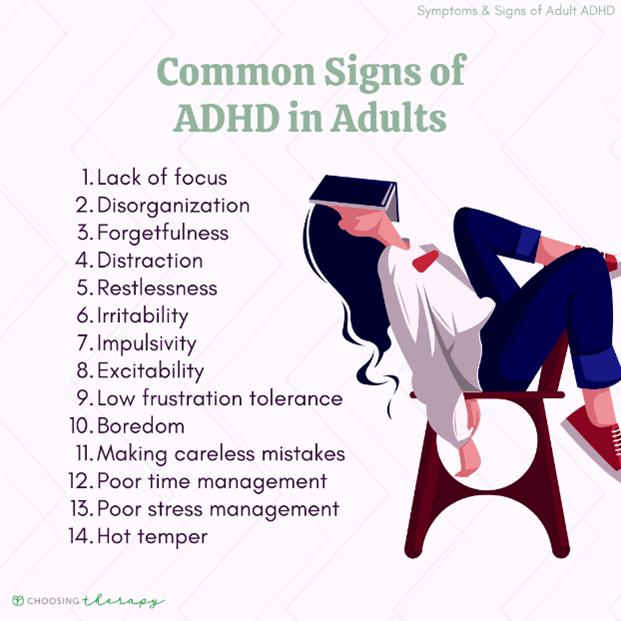
Adults with ADHD might struggle with time management, meeting deadlines, and maintaining personal relationships. They may also have a varied work history and are at increased risk of substance abuse and other mental health issues like anxiety or depression.
ADHD Gender Differences
Interestingly, research studies do not find any differences in symptoms between boys and girls. There is only one set of symptoms and criteria for ADHD for both boys and girls. That said, there are differences in how these symptoms tend to manifest between the genders. Boys often exhibit external and hyperactive symptoms presenting as very disruptive and accordingly are more easily identified and are referred for evaluations. Girls more commonly present with internalized symptoms which fall under the group of inattentive symptoms. As such, overall numbers bear out that boys are much more often diagnosed with hyperactive or combined type ADHD, whereas girls are typically diagnosed with inattentive type ADHD.
Young girls are also more prone to internalizing symptoms leading to more internal psychological distress, low self-esteem, and feeling inadequate relative to peers. This can compound and lead to subsequent issues with depression and anxiety. Undiagnosed girls often end up having trouble and impairments in school, social relations, and intimate relationships.
Are Females Overlooked?
In general, as a group, girls and women are much more overlooked and undiagnosed. This often occurs because of how symptoms manifest. Many little boys stick out like a sore thumb given their disruptive, aggressive, and impulsive behavior and are easily identified by parents and teachers due to the hyperactive symptom manifestation. Young girls manifesting predominantly inattentive symptoms can easily fade into the woodwork and go unnoticed. Girls are also better at masking, covering symptoms, and employing some coping skills, which makes it harder to recognize issues.
In some instances, the internalized distress ends up manifesting as anxiety and depression, which become the focal point of concerned parties, and treatment is focused on the depression and anxiety without effort to uncover underlying drivers, i.e., ADHD issues. Historically, girls were diagnosed about five years later than boys because they were not noticed as early. Old diagnostic criteria necessitated symptom manifestation before age 7, which often precluded many girls. Since criteria were adjusted in the last decade to allow the manifestation of symptoms before age 12, the diagnosis of ADHD in girls has gone way up. Historical prevalence rates were 25 to 1 and are now down to 3 to 1 for boys with ADHD relative to girls. As parents and educators understand how ADHD tends to manifest differently in girls, we may see those prevalence ratios decline further as young girls get the needed help they have been slow to receive.
NEED FOR ADHD TESTS
Testing is a critical component in the diagnosis of Attention-Deficit/Hyperactivity Disorder (ADHD) due to the complexity and variability of the disorder’s symptoms. Here’s why it’s so important:
- Distinguishing ADHD from Other Conditions – ADHD symptoms can overlap with those of other psychological and behavioral disorders, such as anxiety, depression, learning disabilities, and even sleep disorders. Comprehensive testing helps differentiate ADHD from these other conditions.
- Clarifying Symptoms – Testing provides a structured way to assess the range and severity of symptoms. This is crucial since ADHD manifests differently in individuals and can change with age.
- Holistic Assessment – Standardized tests and assessments consider various aspects of an individual’s life, including academic/work performance, social interactions, and emotional functioning. This comprehensive view is vital for an accurate diagnosis.
- Informed Treatment Planning – An accurate diagnosis through testing enables healthcare providers to tailor treatment plans effectively. This might include medication, behavioral therapy, lifestyle changes, or a combination of these.
- Objective Analysis – Testing provides objective data and insights, which are especially important in cases where self-reported symptoms might be unreliable or influenced by bias.
Impact of Undiagnosed or Misdiagnosed ADHD
- Academic and Work Challenges – Without a proper diagnosis, individuals with ADHD may struggle in educational or professional settings without understanding the reason or receiving the necessary support.
- Social and Relationship Issues – Misunderstood behaviors stemming from undiagnosed ADHD can strain friendships and family relationships, leading to social isolation and emotional distress.
- Increased Risk of Mental Health Problems – People with undiagnosed or misdiagnosed ADHD are at a higher risk of developing secondary mental health issues, such as anxiety, depression, or substance abuse disorders.
- Self-Esteem Problems – Struggling with unexplained difficulties in various aspects of life can lead to low self-esteem and a sense of failure, especially when comparing oneself to peers.
- Risky Behaviors – Especially in teens and adults, untreated ADHD increases the likelihood of engaging in risky behaviors, such as reckless driving, substance abuse, and impulsive decision-making.
- Complications in Treatment – Misdiagnosis can lead to inappropriate or ineffective treatment approaches. For example, treating someone for a mood disorder when the underlying issue is ADHD can exacerbate the symptoms.
- Life-Long Implications – The long-term impact of undiagnosed or misdiagnosed ADHD can affect every aspect of life, from educational attainment and career success to personal relationships and overall quality of life.
